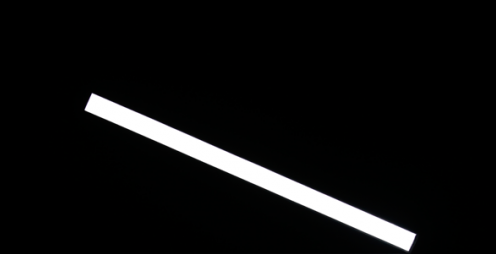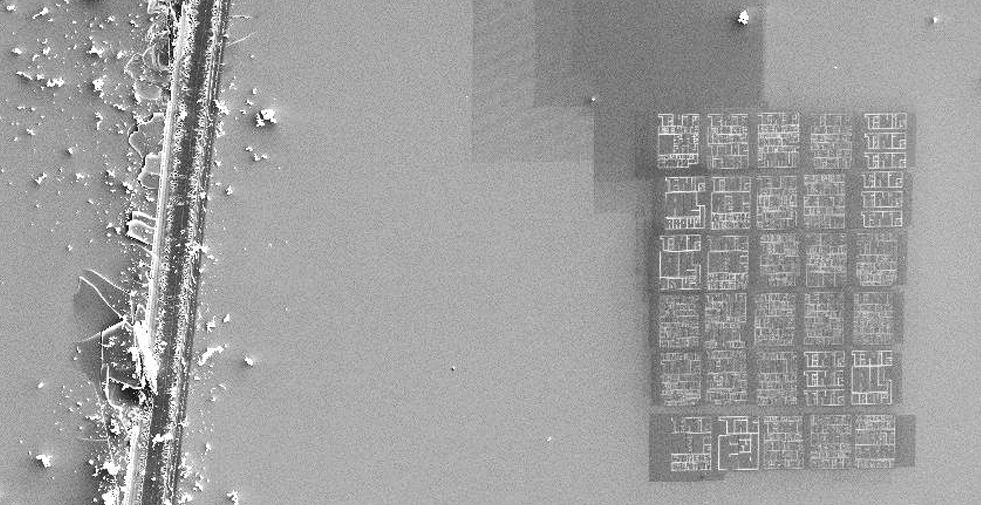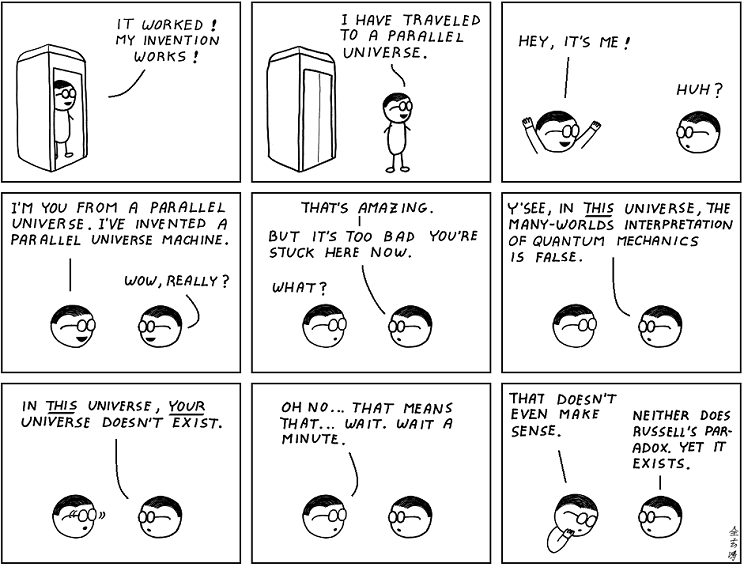This simple declaration of setting—space; time—comes about a quarter of the way into Einstein on the Beach, the 1976 opera by Philip Glass and Robert Wilson currently in revival on a world tour. The brief spoken passage is one of the few, if not the only, that is unaccompanied by music. (Actually, the line in the revival is “Bern, Switzerland. 1905,” but I prefer the original for its abruptness.) The line is immediately followed by a frenetic 13-minute ballet in which ten dancers, always at nothing less than a gallop, trace and retrace geometric patterns with slight variations. As I watched their exertions during a recent matinee at the Brooklyn Academy of Music, I thought, “What they’re doing is superhuman.”
And then I thought, “And yet they’re human.”
Not that the word superhuman implies doing something that humans can’t do. But it does imply doing something that humans don’t do—at least not without pushing themselves beyond what we otherwise think that humans can do.
Which, I realized with a start, is what Einstein did in Bern in 1905.


 Most scientists are reluctant to talk about “curing” mental illness, and rightly so. The mountain is too steep: These disorders have a range of genetic and environmental causes, and symptoms vary widely from person to person. But for post-traumatic stress disorder (PTSD) — in which people are haunted for months or years by memories of a life-threatening event — that framework is all wrong.
Most scientists are reluctant to talk about “curing” mental illness, and rightly so. The mountain is too steep: These disorders have a range of genetic and environmental causes, and symptoms vary widely from person to person. But for post-traumatic stress disorder (PTSD) — in which people are haunted for months or years by memories of a life-threatening event — that framework is all wrong.



